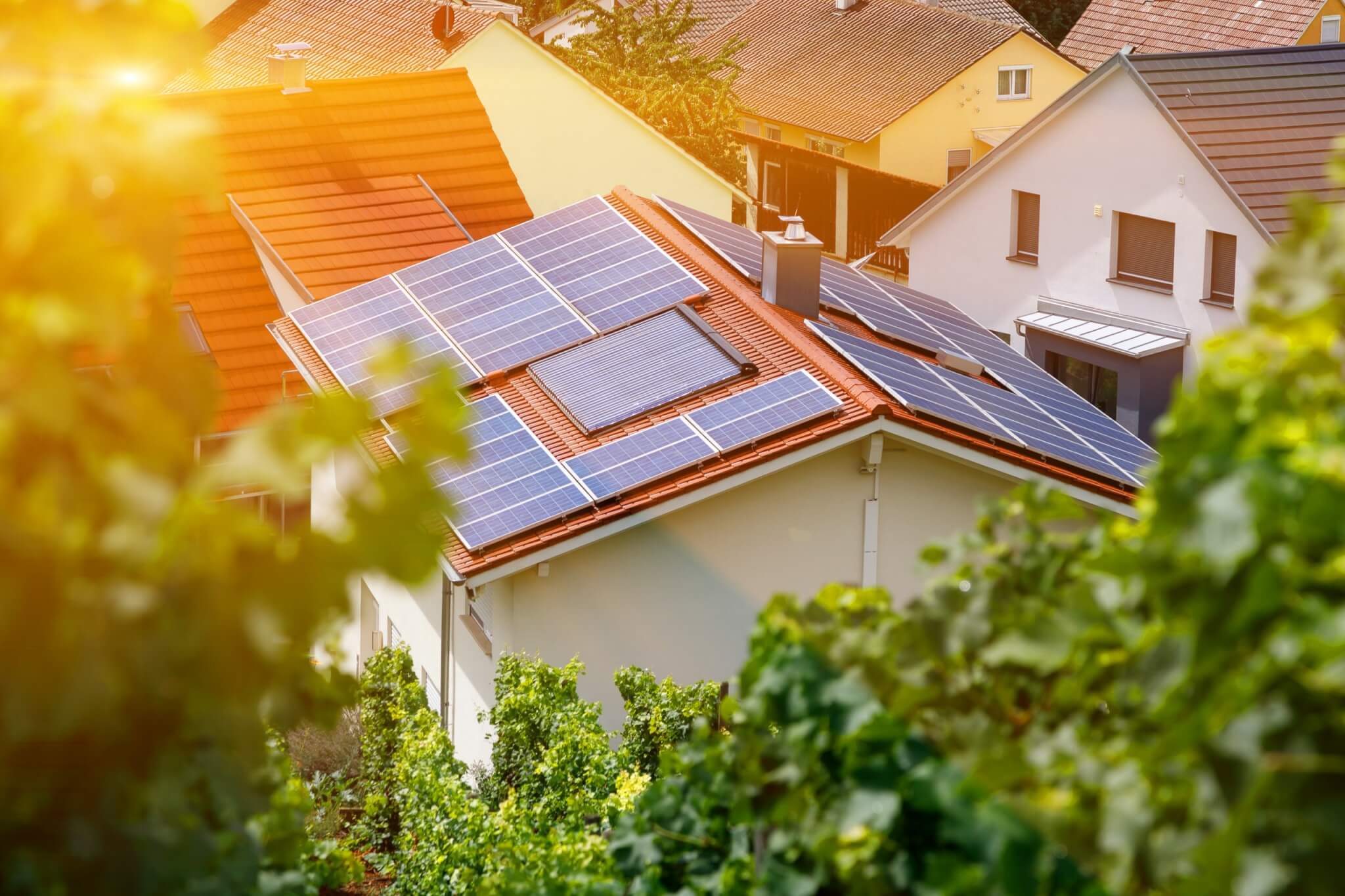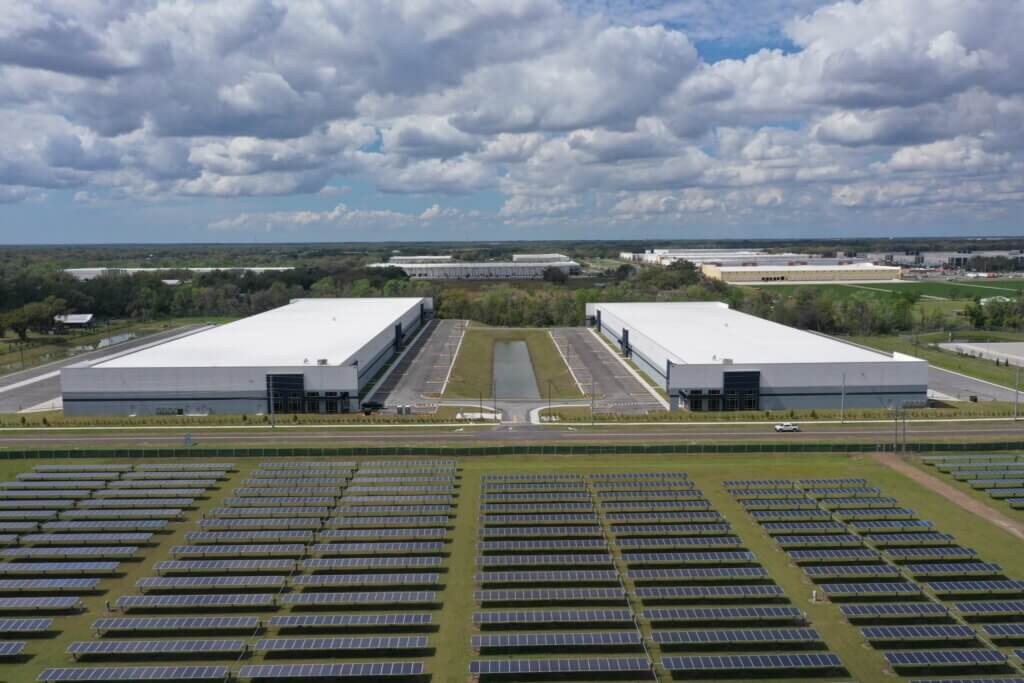Companies Hope for Continued Technological Improvements in Solar
The three largest energy providers in Polk County agree on one thing: The more advancements that are made in generating and storing solar energy, the more the renewable source will continue to grow.
“Solar energy is important; it’s a cleaner source for getting energy,” said Lakeland Electric General Manager Joel Ivy. “But the intermittency of it is the next nut everyone has to crack, maybe using batteries or some other mechanism. If you can make it more of a known quantity, then you will have a winning recipe.”
The intermittency, of course, is the weather. The more sun, the more solar energy produced.
“We’re making small investments through time to develop the technology to make it firmer as a resource. Then, we’ll be set,” Ivy said.
Solar power also has another drawback: installation costs. But for the next year, the federal government is offering solar tax credits. If you buy a home solar system, this credit can reduce the cost of installation by 26 percent in 2020. That means a 6-kilowatt, $18,300 system will cost $13,542 after the tax credit. The credit will be reduced to 22 percent in 2021 and phased out in 2022.
In addition, Florida offers a property tax and sales tax exemption for residential solar systems.
Lakeland Electric
Ivy said people like the idea of using solar power. “It’s popular from the standpoint that people love to talk about it, but then they go through the process and do the math, and it falls away pretty fast,” Ivy said. Fewer than 500 of the electric company’s 100,000 residential customers produce solar energy.
He thinks millennials, the generation looking to help the environment, would be the “solar power generation” if they could afford it.
Lakeland Electric offers the “Re-energize Lakeland Loan Program” to help customers afford the cost of installation.
“It’s limited to certain houses built to higher standards,” Ivy said. “If the home is not energy efficient, you’re not accomplishing much. If you do the things you should do first, like fill cracks in the cement and make sure you have enough insulation, solar might be a better option down the road.” The interest-free loan, which can range from $500 to $5,000, can be used to make energy-efficient upgrades.
The company also participates in net metering, which gives customers credit for any energy they produce from rooftop solar panels that they don’t use.
The city generates power from five solar farms: three at Lakeland Linder International Airport, one in the northwest quadrant of the city and one atop the RP Funding Center.
“They are performing very well, generating 15 megawatts, which can serve about 2,800 homes,” Ivy said.
Tampa Electric
Tampa Electric has 90,000 customers in Polk County, but doesn’t break down its customers on its Sun Select shared solar power program by county, said company spokeswoman Cherie Jacobs. The company continues to see increased interest in solar power.
“The Sun Select program allows you to purchase 25, 50 or 100 percent of your energy from solar,” Jacobs said. The program, which carries no upfront installation costs and long-term commitments, is growing, and after the pandemic, Tampa Electric expects that increase to continue.
Some people have solar panels on their rooftops, providing their own power. Like Lakeland Electric, some customers use more than they generate. But, “a small number of customers have installed more solar than they use, and Tampa Electric ‘buys back’ the excess at the end of each year,” she said.
Tampa Electric is in the process of adding 665 megawatts of solar power in the next year, followed by 600 megawatts by 2023.
Why is solar energy so important to Tampa Electric and its consumers? “Our customers want a cleaner energy future for themselves — and their children,” Jacobs said. “Tampa Electric believes in the promise of solar energy. It plays an important part in Tampa Electric’s energy future. This is part of our long-term strategy to build a clean, modern grid that is reliable, innovative and meets our customers’ needs.”
Duke Energy
Duke Energy is also focused on solar and battery storage in Florida, said Alicia Dasch, stakeholder engagement manager. “Over the next decade, the company will continue to make innovative and targeted investments in additional solar power plants, battery storage technology, shared solar, transportation electrification and a modernized power grid to help meet customers’ needs for diverse, reliable energy solutions.”
With interest in solar growing, Duke just announced it is building three additional solar power plants in Florida, bringing the total to 13 regulated solar power plants, including one each in Osceola, Hardee and Highlands counties. Together, the 13 plants — the last three of which are expected to come online in January 2022 — will generate 735 megawatts. Duke Energy also has two affiliate wholesale solar power plants in Orange County.
“This is our commitment to customers in Florida to provide a cleaner, smarter energy solution. We constructed, own and operate these plants,” Dasch said. Duke serves 104,000 homes in Polk County.
The company offers a net metering program and buys back excess solar power that customers generate. Duke is looking forward to future opportunities to make renewable energy more accessible to customers.
For additional information about this topic or how to become a partner with the Central Florida Development Council, please contact Lindsay Zimmerman at lindsay@cfdc.org.



